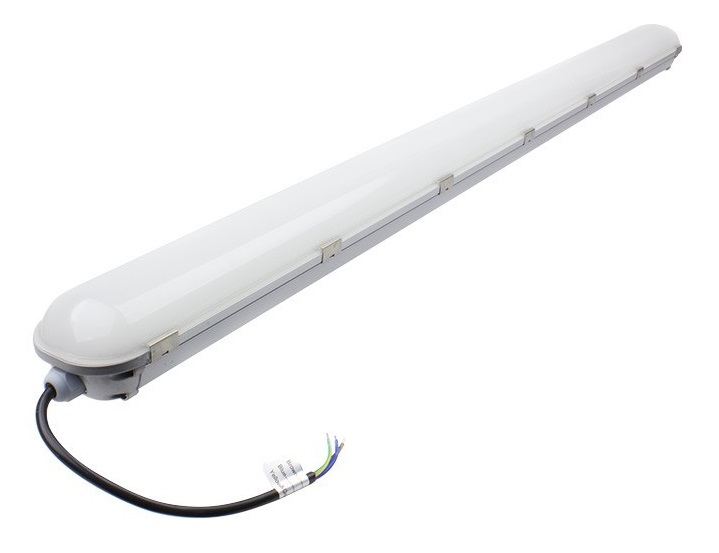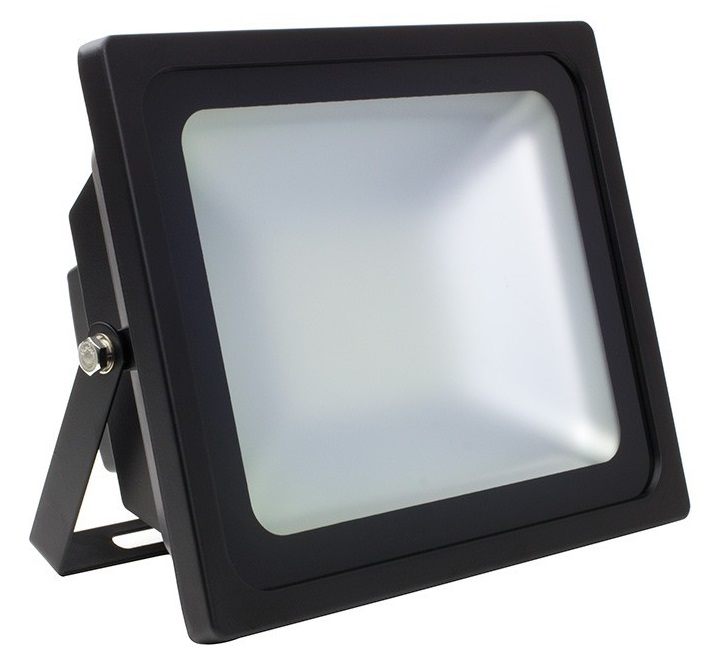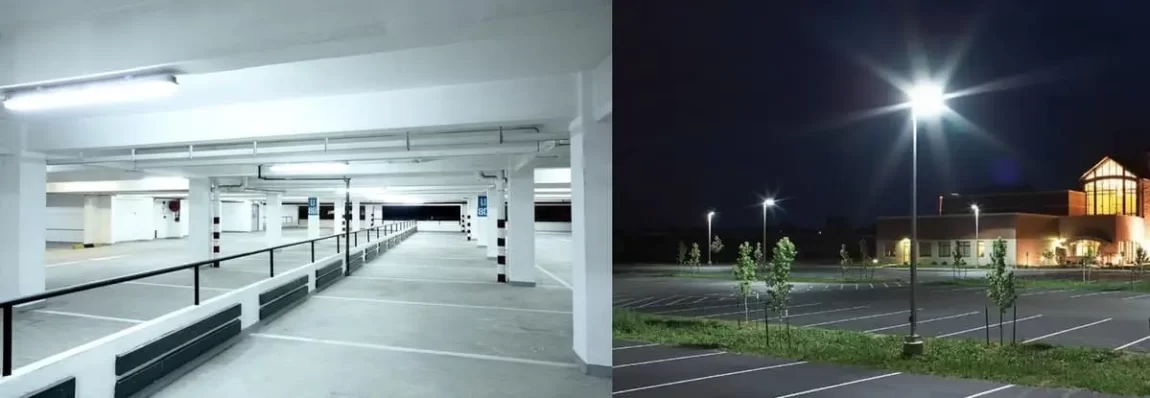Lighting systems in garages are very different from lighting systems in outdoor parking lots, but both have the same purpose, to allow us to reach our vehicle safely. Designing a well-lit space, ensuring that there are no dark or unlit areas, will offer users comfort and safety, which is very important in garages and parking lots. Walls painted in light colors, avoiding the gray of cement, and clearly visible signs for both pedestrians and vehicles will improve the usability of the space.
In order to obtain efficient lighting, aspects such as surface area or location, whether they are located outdoors or indoors, should be taken into account. To differentiate between them, we will call garage to those parking areas located inside or in the basement of buildings. While, by parking we refer to those parking areas that are located outdoors. The location of the space is essential to choose the luminaires that will best adapt to the conditions of the environment. We will not use the same elements for lighting in parking lots as for lighting in garages.
LED lighting in garages
Garages, in most cases, remain illuminated practically 24 hours a day. We therefore need a lighting element that has a high durability and offers a general and sufficiently powerful light. In this way, users will have no problem moving around and finding their vehicle.
An LED lighting system in garages should provide a minimum of 50 lux, although it is always recommended that the light level is at least 75 or 100 lux. One of the most commonly used elements are LED screens, the perfect substitute for fluorescent tubes. These should be installed in the most efficient way. By efficient we mean an effective distribution of the luminaires, which distributes the luminous capacity as evenly as possible in the space. This requires taking into account the dimensions of the space and the characteristics of the luminaires, especially the brightness (lumens) and the light distribution or opening angle at which the light is emitted.

We cannot forget the LED emergency lights, so important and necessary. There are recessed or surface-mounted emergency lights, although there are no major differences except for aesthetics and the installation process. The important thing is that they perform their function correctly, indicating the exit and the path to follow to reach it, in case of a power outage. For more information we have the article on lighting in emergency plans where the regulations on emergency lighting are reviewed.
Although the lighting elements in garages with LED technology can remain on for long periods of time, it is not recommended that they are running indefinitely. It is therefore advisable to program automatic shutdowns or opt for the installation of presence detectors, which prevent the lighting system from always being on.
Having presence detectors allows us to reduce electricity consumption when the space is not in use, saving on the electricity bill. No more of that awkward moment of looking for the light in the dark or dropping the bags to press the switch!
In the case of LED lighting in public garages, especially those located in shopping centers, it is advisable to install green and red lights at the top of each space. This way we facilitate the visibility of free (green) and occupied (red) parking spaces.
LED lighting in parking lots
Parking lots, as mentioned above, are located outdoors. In this type of space, outdoor lighting elements are used, such as LED projectors, located at a high height to facilitate a more uniform distribution of light. LED lighting in parking lots can be complemented with, for example, beacons installed at lower heights. Although minimum illumination levels in parking lots can be as low as 20 lx, we must always bear in mind that there must be enough light to be able to find the vehicle and manipulate the keys.
The height and spacing of the light sources depends on their power and the width of the light beam they emit. It is important that the luminaires have an IP65 protection or higher, which guarantees their resistance to weathering and inclement weather.

Since in this case the LED lighting elements in parking lots only work at night or in low light hours, it is common to install light sensors or timers, elements that allow us to turn on and off the lights automatically according to a certain level of ambient light or predefined schedule.
As you can see, LED technology offers various lighting alternatives in parking lots and garages, achieving more functional spaces and reducing electricity consumption.

